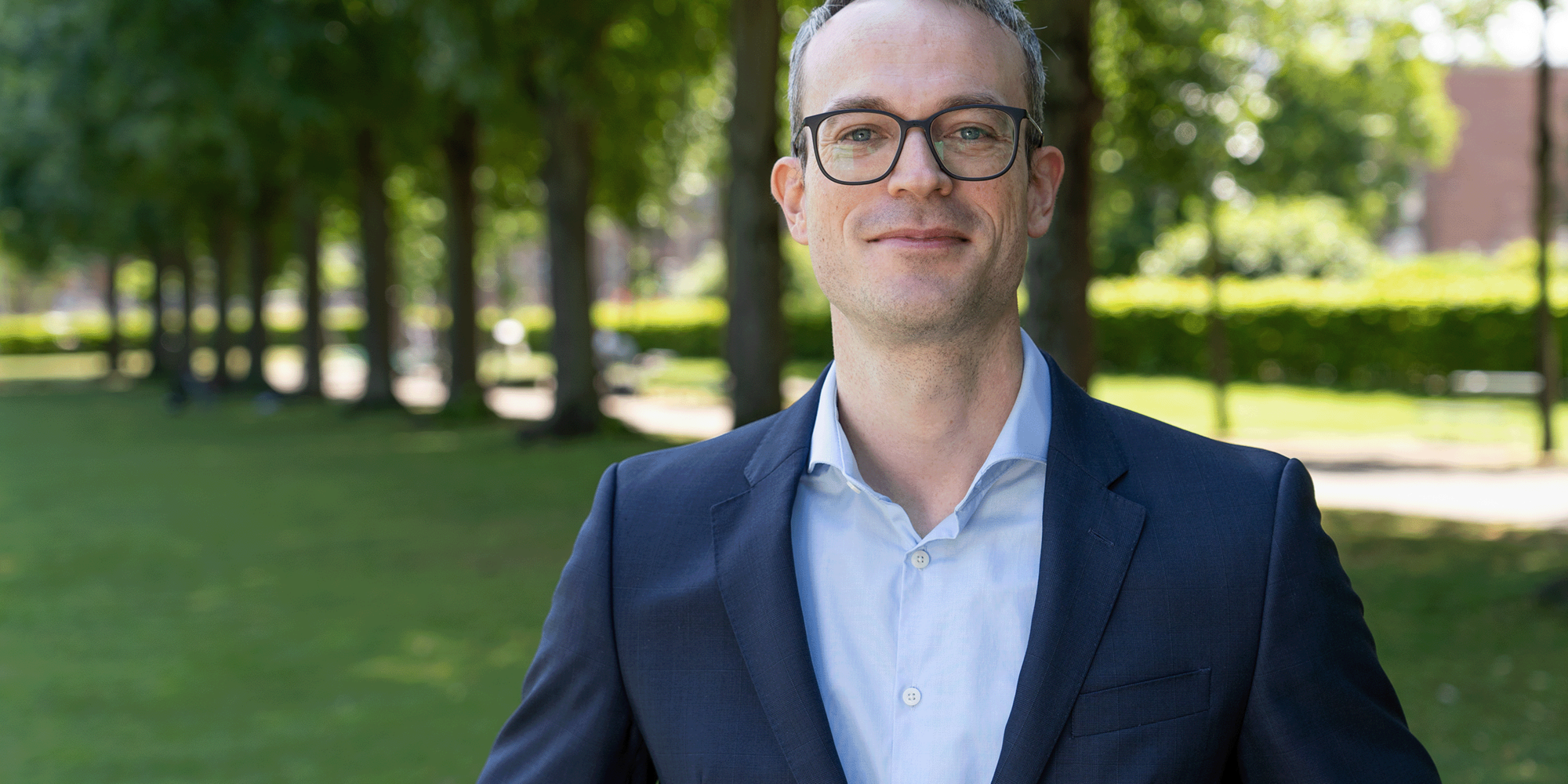Why invest in sustainable bonds right now?
A lot of capital is needed to finance the energy transition and to achieve the UN's 17 sustainability goals. Is it worth buying sustainable bonds and corresponding funds even in an environment of rising interest rates? How is greenwashing avoided? Find answers in the interview with Samuel Manser, Senior Portfolio Manager of the global sustainable credit strategies.
Interview with Samuel Manser

Mister Manser, why should investors buy sustainable or green bonds right now?
The change towards sustainability needs to be financed. The UN estimates that meeting the Sustainable Development Goals (SDGs) will require USD 5 to 7 trillion in investment each year until 2030. This is a call for action for investors to channel their investments towards sustainable assets. Here, sustainable bonds play an important role. In our framework, sustainable bonds refer to bonds from sustainable issuers and bonds that finance sustainable projects, e.g., green or social bonds. By investing in sustainable bonds, investors can contribute towards solving the most pressing sustainability issues.
Why sustainable bonds are an investment oppoprtunity?
Contributing to sustainability goals will be a driver of economic growth. Companies that move towards sustainable products and services will benefit and potentially mitigate regulatory, ethical and operational risks. This should translate into attractive risk-adjusted returns for long-term investors.
Are there Greenwashing issues with bonds?
Unfortunately, unser certain circumstances, yes. Misrepresenting or exaggerating the environmental credentials can happen both at the issuer and bond level. On the issuer level, a company may just refinance its already green projects by issuing green bonds while holding on to large polluting activities. On the bond level, the projects may not be as green as proclaimed or the issuer may divert the proceeds to fewer green projects during the lifetime of the bond.
How do you avoid greenwashing?
We want to put money into green assets but in a smart way. Therefore, we scrutinize both the issuer and the green bond for what hides behind the label. For example, we look for transparency in the green bond framework and reporting and require an external assessment with a second party opinion. For polluting sectors, we focus on issuers that undergo a real transition towards sustainability. An example may be a fossil fuel utility company that is committed to transition to solar- or wind energy. While this requires a disciplined selection process, it reduces the risk of greenwashing at issuance and during the lifetime of the bond.
With rising rates, how does your strategy perform?
Due to our proprietary sustainability framework, we find sustainable bonds both on the issuer and bond level. For example, sustainable issuers we find in sectors such as healthcare or telecommunications while sustainable bonds are plenty in banking and utility. The strategy therefore can be represented by a well-diversified bond fund of sustainable issuers and sustainable bonds. It is measured against a market-wide investment-grade corporate bond benchmark which also contains non-sustainable bonds. Due to the rising corporate bond yields, the total returns have been negative in 2022, but thanks to the shorter duration and sustainable bond selection, the fund was able to outperform the benchmark since inception and year-to-date.
How are your tactical positions and your performance in 2022?
From a top-down perspective, the fund is cautious on interest rate risk and has a duration underweight. It is more constructive on the credit risk and has an overweight for example in subordinated bonds such as corporate hybrids or in BB-rated bonds. Gross Returns in EUR as per end of April 2022 have been 1.0% (annualized) since inception in September 2018 and -10.8% year-to-date. In 2022, both interest rates and credit spreads have increased significantly. Therefore, the higher yield levels now provide a more attractive entry point into sustainable bonds.
Where do you find opportunities?
We find opportunities in three areas:
- The segment of green or social bonds is growing fast. Continuing this year, new issuers will come to the market and make their sustainable projects investable with a green or social bond.
- Sustainable issuers from more defensive sectors typically offer only low credit-spreads. Without compromising on sustainability, such issuers can offer interesting yields for subordinated bonds. Here, our Fixed Income Team can use its expertise on capital structure.
- We are active in the new issue market. Given the more uncertain market environment, new issue concessions are higher and provide again attractive entry points for sustainable bonds.


